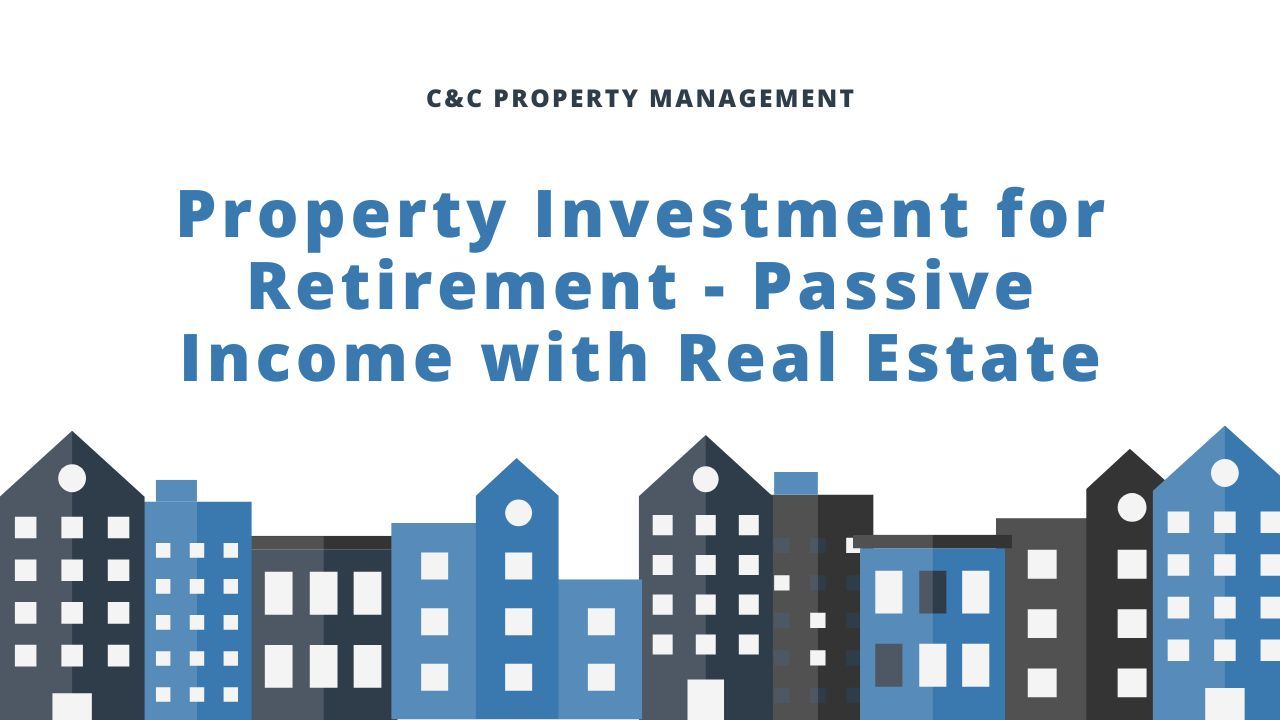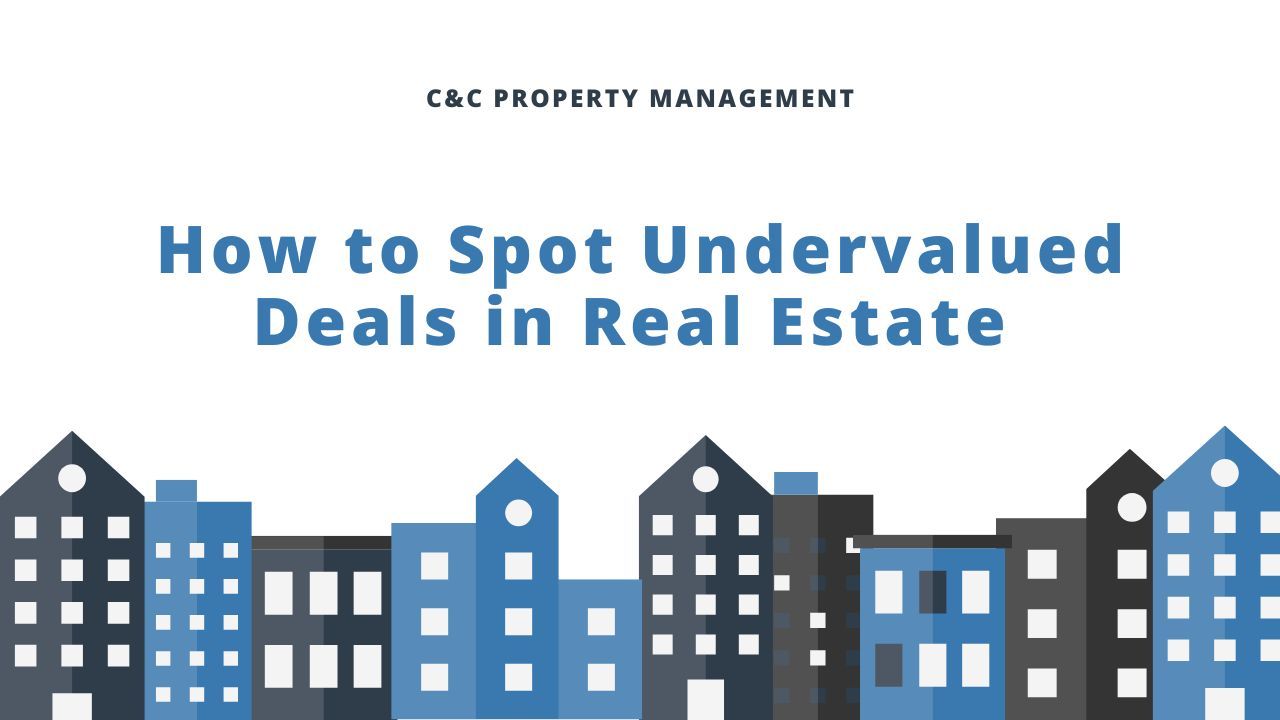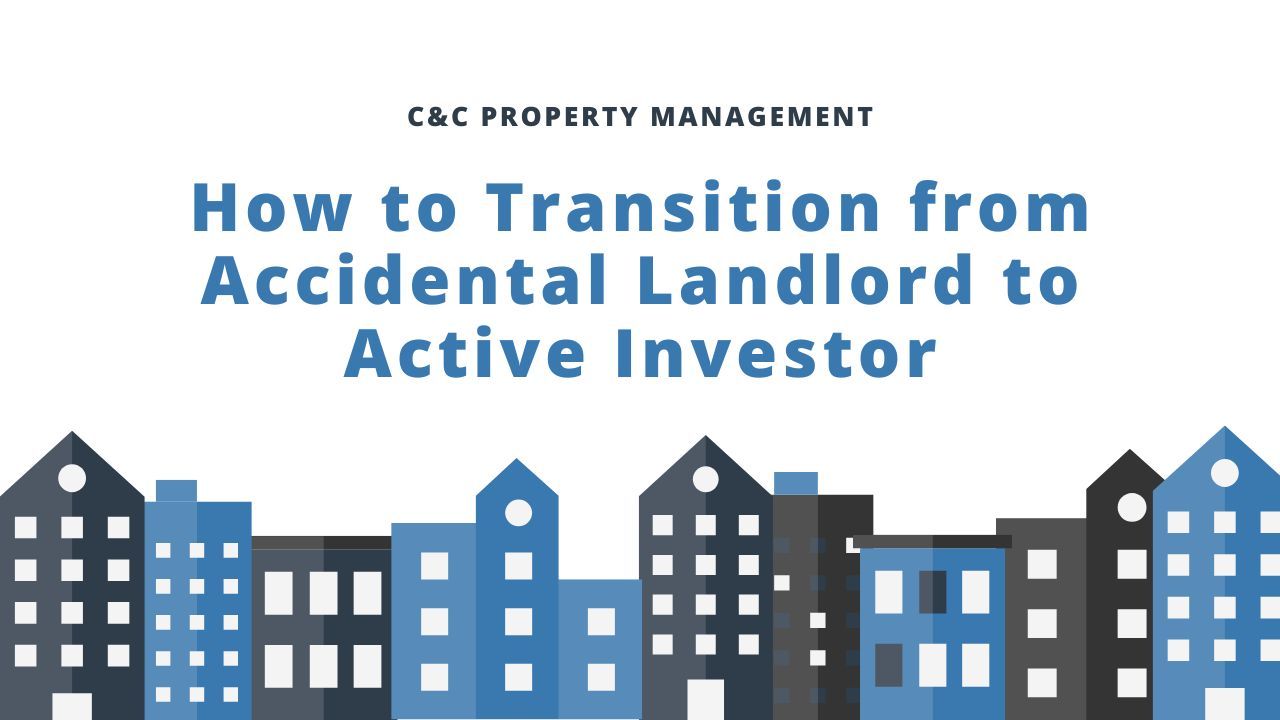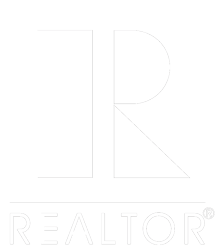How to Benchmark Your Rental Properties - KPIs Every Landlord Should Use
Key Takeaways
- Key Performance Indicators help eliminate guesswork by showing exactly where money is going, how profitable a property is, and how well it’s operating. This clarity supports smart decisions about buying, selling, refinancing, and risk management.
- This article highlights essential metrics such as Cash-on-Cash Return, Cap Rate, GRM, DSCR, Cash Flow, IRR, Vacancy Rate, and Property Appreciation. Together, these KPIs help landlords evaluate profitability, compare investments, measure risk, and understand local demand.
- Landlords should select KPIs based on their goals, set realistic targets, track them regularly, and use software to automate the process. Monitoring trends enables proactive problem-solving and opportunity identification.
Property investing is a diverse form of investing, consisting of several moving parts that landlords must regularly monitor to ensure the continued health of their assets. With many things to track in a rental, property investors need tools that offer them real-time conditions of their rentals, enabling them to make quick and smart decisions.
This is where rental property KPIs come in. KPI stands for Key Performance Indicators, and they are critical metrics that let property investors watch different aspects of a rental. By using these tools landlords can quickly tell how a property is performing financially and operationally.
C&C Property Management
has written this article to help understand and take advantage of the information that KPIs give you about your property!
What exactly do KPIs do for you, as a property investor?
KPIs provide financial clarity by eliminating guesswork and letting you know where your money is going, if the property is profitable, and by how much.- KPIs provide reliable and in-depth data to help you make sound buying, selling or refinancing decisions.
- You can use these metrics to track key aspects of the property’s finances and operations, such as income, expenses, and tenant retention rates.
- KPIs reduce the overall risk of your investment significantly.
- KPIs make the process of evaluating competing properties in the same location or different cities easier.
8 Key Performance Indicators (KPIs) that every landlord should be tracking
Cash-on-Cash Return
This key metric measures annual cash flow of your property versus the total cash invested in the property.
Cash-on-Cash return lets you quickly assess the profitability of your rental and the return on the cash you invested out of pocket. To calculate Cash-on-Cash return, use the following formula:
Cash-on-Cash Return = Annual Pre-Tax Cash Flow ÷ Total Cash Invested

Capitalization Rate
This is obtained by dividing the rental’s annual net operating profits by its market value. This metric estimates the potential return on investment. A cap rate of between 5% and 10% is considered “good.” Factors that influence a rental property’s cap rate include its
property value and the type of property. To calculate cape rate use this formula:
Cap Rate = (Net Operating Income ÷ Property Value) x 100
Gross Rent Multiplier (GRM)
When trying to decide between two properties, the GRM offers you a way to compare the two potential investments. By dividing each property’s total price by its annual gross income, you can identify the better investment. A lower GRM means stronger income potential relative to the property’s price. To calculate GRM use the formula:
Gross Rent Multiplier = Property Price ÷ Gross Rental Income
Debt Service Coverage Ratio (DSCR)
This measures a rental’s ability to generate enough income to cover its debt obligations, including the mortgage. Lenders use it to assess risk when evaluating investment property loan applications. Landlords may use it to determine their chances of getting approved for a loan. To calculate DSCR, use the following formula:
Debt Service Coverage Ratio = Net operating Income (NOI) ÷ Total Debt Service
Or for single-family homes:
Debt Service Coverage Ratio = Gross Monthly Rental Income ÷ Monthly P.I.T.I.A (Principal, Interest, Taxes, Insurance, HOA Fees)

Cash Flow
This is the cash that remains after operating costs and debt payments have been deducted from the rental income. A profitable rental will have a
positive cash flow. A negative cash flow means the property is not generating enough income to cover its costs. The formula for calculating cash flow is:
Cash Flow + Total Income – Total Expenses
Internal Rate of Return (IRR)
This metric is used to evaluate the profitability of one investment versus the potential profit from other opportunities. It measures the annualized rate of return that a property is expected to generate, and compares it to that of competing opportunities.
Calculating IRR is somewhat complex and involves projecting all cash flows throughout the duration of the investment.
Vacancy Rate
This calculates the percentage of times that a rental is vacant over the course of a given period. It is used to estimate the rental demand for that particular property’s location. A vacancy rate of 5% and lower indicates strong demand. If the vacancy rate is 10% and over, the
market has poor demand
or there are issues with the property. To calculate vacancy rate use this formula:
Vacancy Rate = (Number of Vacant Units ÷ Total Number of Units) x 100
Property Appreciation
This is the increase in a property’s value over time. There are different ways to calculate appreciation. The direct method is based on the current value of the property and its purchase price. The formula for this method is:
Property Appreciation = (Current Value – Purchase Price) ÷ Purchase Price X 100

Best practices for using rental property KPIs
To get the most value out of these metric:
Avoid getting overwhelmed. Choose a manageable number of KPIs for your rental.- The metrics you choose should be based on your objectives.
- Set specific targets that are based on the property’s past performance.
- Track these KPIs consistently. This makes it easier to identify trends, allowing you to make more accurate future projections.
- Create plans and strategies to address failures or to take advantage of new opportunities uncovered through these metrics.
- Deploy software and apps that let you automate the process of capturing and organizing your KPIs.
Bottom Line
The above list of rental property KPIs is by no means a complete listing of all the metrics you could track on your property. The best KPIs for your property will depend on the type of property, its location and your goals. For more information on how to best make KPIs work for you contact
C&C Property Management!

